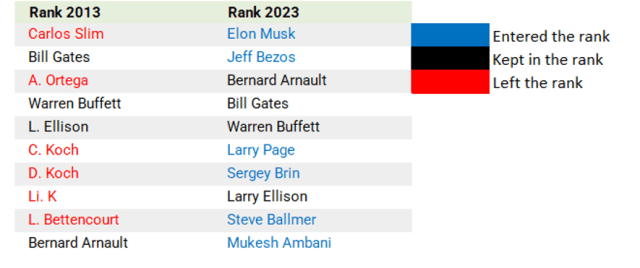Measuring Corporate Impact: The Gold Is in the Details
Measuring corporate impact is time-consuming and resource intensive. Until recently, I worked at UN PRI and witnessed first-hand the significant challenges investors, employees, and customers face in finding trustworthy, comparable data to assess the net impact of companies. CFA Institute Research and Policy Center’s Climate Data in the Investment Process cites inconsistent and unreliable data as key challenges for stakeholders including investment professionals interested in assessing and managing the financial risks and opportunities posed by climate change. Upright Project – a Finnish impact data company — significantly influenced my perspective on data modeling, and I joined the company four months ago. Upright’s approach structured all scientific evidence in an organized manner and created a unique dataset that enabled comparisons of companies worldwide from an outside-in perspective. Upright’s net impact model classifies more than 150,000 products and services. This classification is used to define the business models of every company in its database. The model leverages more than 250 million academic articles to determine the science-based impact of each product and service. The data are aggregated at the firm and portfolio level to quantify the total material impact of an investment. Notably, a significant portion of this data is publicly accessible: more than 10,000 company impact data profiles are available on its platform using a free-use policy. With my academic background, I was inspired by a solution that not only leverages scientific evidence but also delivers practical applications for investment practitioners and investors. Applications Are Unfolding At Upright, we have learned a great deal from investors, but the potential applications of this data are still unfolding. Since the modeling approach is outside-in, private equity and venture capital investors have been early adopters of the data. In addition, the model’s transparency and objectivity make it useful for asset managers and asset owners — particularly for disclosure purposes — whether for fund-level requirements or to demonstrate the overall impact of their investments. Granular Data: The Challenges and Opportunities The full potential of this data is not yet clear. The granular nature of the data allows investors to pinpoint which business units of a company drive positive or negative financial and non-financial material impacts. This creates opportunities for risk assessment and stewardship. Furthermore, the model’s applicability to both private and public companies enables comparisons across all asset classes held by an investor. This can help identify high exposures to specific impact categories. While many investors have sought more detailed information, the use cases for this new, holistic approach to understanding and evaluating companies are still emerging. Because Upright’s modeling approach is new to most investors, I will illustrate how they can use the platform to evaluate a company’s impact. Step 1: Assess the business model of a company using a products- and services-based approach. Let’s use an example company, Siemens. Based on the latest publicly available version of the Upright model, Siemens sells more than 165 products and services. The total revenue of the company is 77,769 million euros, and it has 320,000 employees. Some 28% of its total revenue is generated by products and services within digital industries, which comprise electric motor control devices, gas turbines, generators, electric actuators, linear motors, and more. Details of the full product mix are visible on the Upright platform. Siemens’ Digital Industry Products Source: List of Siemens’ products and services on the Upright platform. Step 2: Choose an impact category that you’re interested in. The Upright model currently covers four main impact categories: Society, Knowledge, Health, and Environment. Each category has sub-categories. For example, under Health, there exist physical diseases, mental diseases, nutrition, relationships, as well as meaning and joy. Impact categories can be negative and positive. In the case of Siemens, we can see that their products and services are creating both negative and positive impacts within the physical diseases sub-category. Siemens’ Health Impact Siemens’ public net impact profile on the Upright platform. Step 3: Choose whether you’re interested in upstream, internal, or downstream impact. Products and services do not exist in isolation. Often, one product is required to make another or for a user to create an impact using a product. The Upright model has mapped all products and services so that you can assess where in the value chain the associated impact occurs. In the case of Siemens, 94% of the positive impact on physical diseases or life years saved, associated with its products and services happens downstream from the company. Siemens’ Downstream Impact Source: Upright platform. Step 4: Examine the products and services that are associated with the impact category you’ve chosen. In the case of Siemens, the products and services that contribute most to the positive impacts on physical health are radiation therapy machines, cardiac resynchronization therapy devices, private oncology diagnostics services, ultrasound machines, and mammography machines. Combined, these five products contribute the most to Siemens’ positive impact both because they compose a substantial proportion of the company’s revenue and because the latest scientific consensus suggests a high positive causal relationship between these products and services on physical health. Upright’s Bayesian inference machine learning model finds causal relationships by classifying and translating from more than 250 million scientific articles, as well as from other sources. These insights form the foundation for defining whether the products and services that companies sell create negative or positive material outcomes, which together provide investors with a full view on the impact of their companies and portfolio. source
Measuring Corporate Impact: The Gold Is in the Details Read More »













